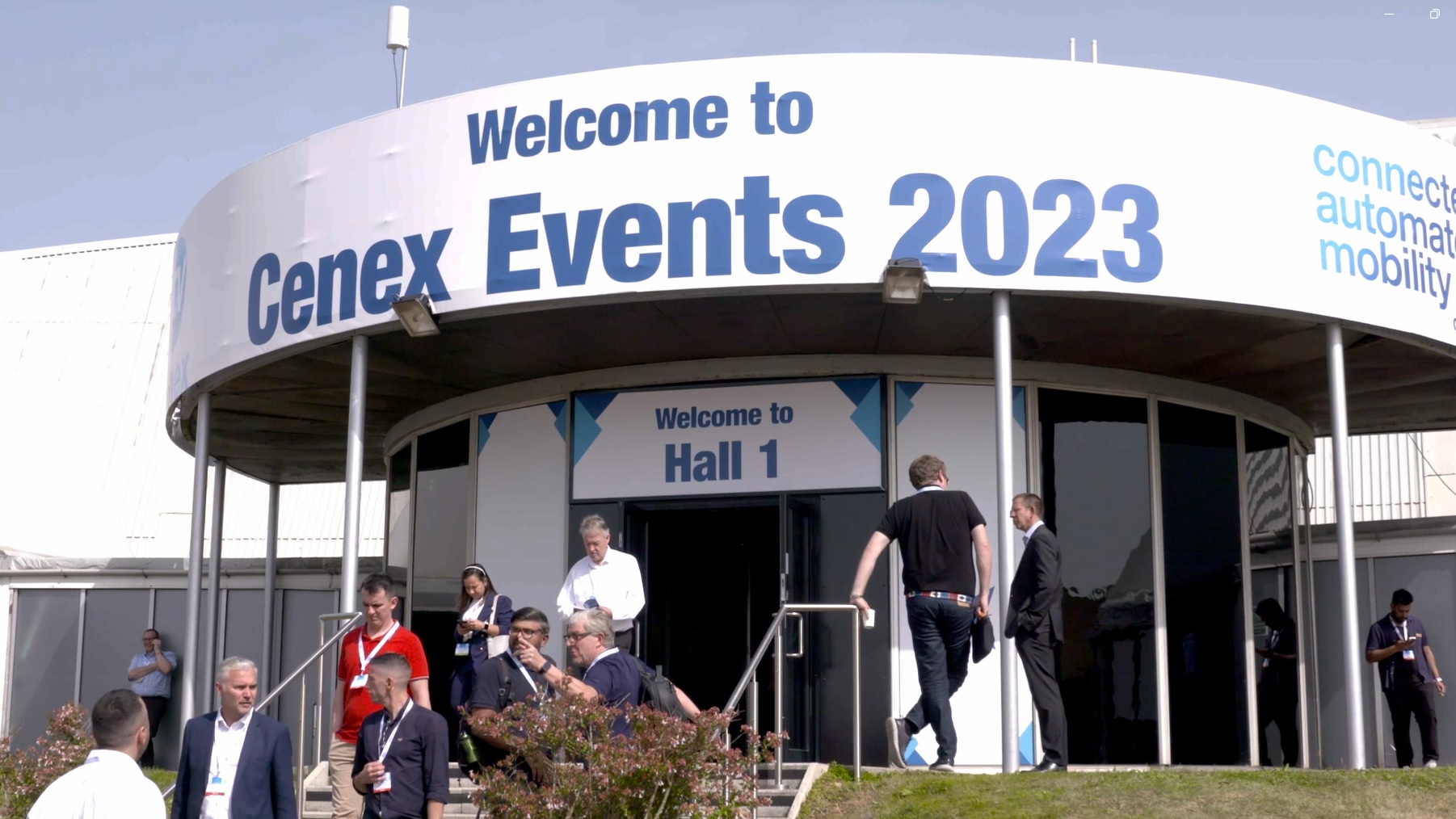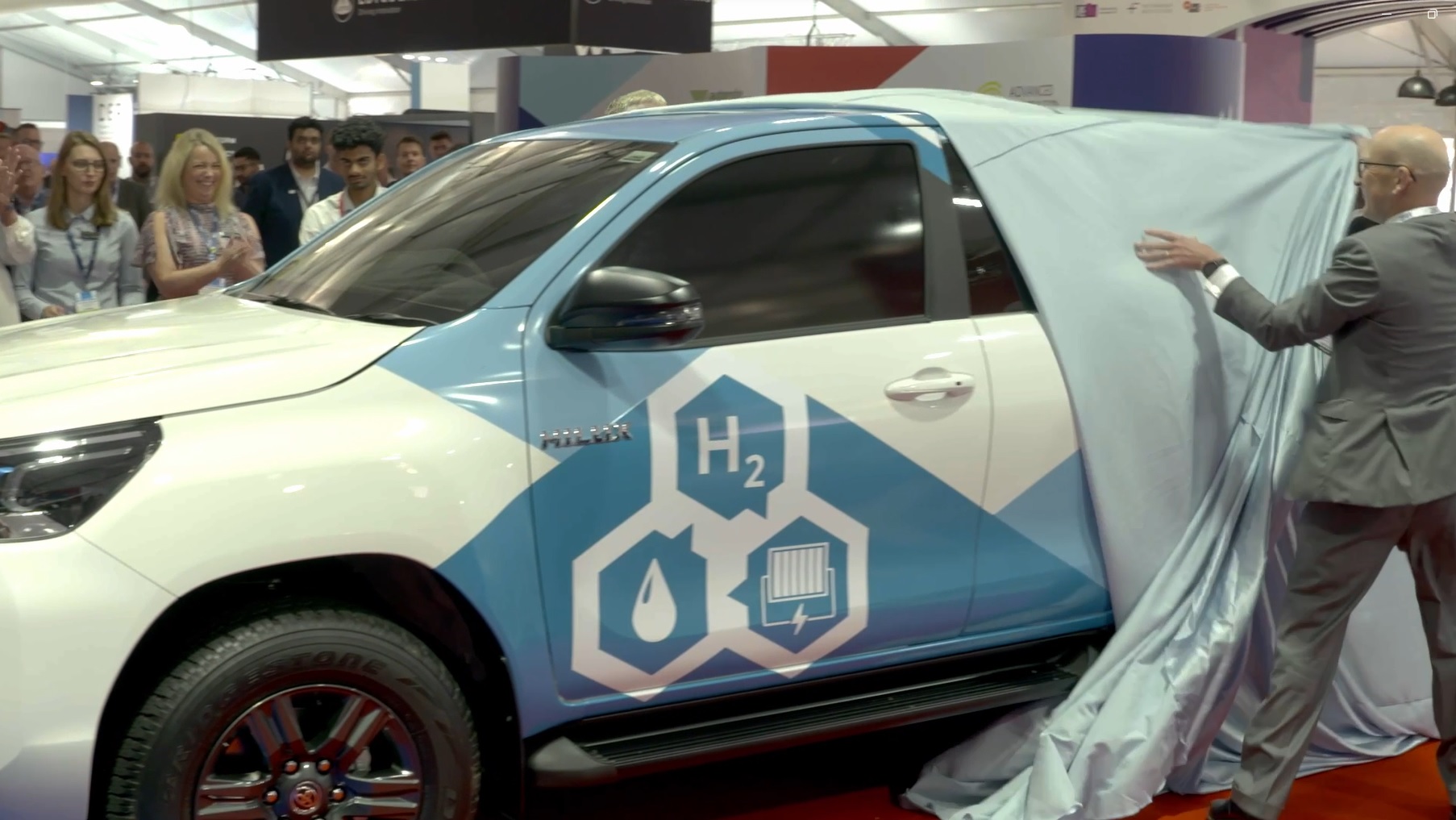The Cenex Low Carbon Vehicle Show was once again host to many advancements in the mobility sector. I was blown away by the breadth and depth of engineering innovation on display.
The show is a crucial part of our event calendar here at Jonathan Lee Recruitment, over 4500 people from across the industry attend the event that showcases and promotes a vast range of technology across an array of vehicle segments, from commercial vehicles to road-going passenger cars and last-mile delivery technology. Behind these products are people who are passionate about their sectors, their innovations and their ability to engineer a future in a low-carbon world where the ultimate goal of net zero will be achievable.

Particularly exciting were the developments showcased in hydrogen fuel cells, with Toyota launching its prototype Hilux hydrogen fuel cell vehicle. An intense design and development programme commenced in July 2022. In June 2023 the construction of the prototype began, with work taking place in a dedicated area within TMUK’s Burnaston facility. It features core elements from the Mirai car and will give the truck a range of 365 miles from three high-pressure fuel tanks. The electricity to power the car is generated by hydrogen fuel cells that generate electricity through a chemical reaction between hydrogen and oxygen with the only waste output being water. Using hydrogen as the fuel means that 83% of the energy in a hydrogen molecule can be converted into electricity, this is more than double the efficiency of a petrol engine.
One couldn’t help but be impressed by Lotus Engineering’s multitude of developments that were on display, from their Lotus Evija supercar to showcasing their material and aerodynamic advancements demonstrated on competition bicycles. Their industry-leading engineering department that has been evolving and producing world-class technologies for many years.

We also caught up with Simon Brewster from Dolphin N2, they have been refining and delivering an engine platform. This recuperated split cycle engine utilises waste heat in a unique thermo power and cryo-power solution, reducing fossil fuel use by up to 30% and reducing air pollutants. The engine can run on biomethane and hydrogen, providing multiple benefits and solutions for the commercial vehicle market. We are eagerly awaiting the next LCV show in 2024, where they will be looking to deliver a working model into the farming and agricultural sector.
Drive Systems Design had on its stand their Open Platform Inverter, they provide electric vehicle manufacturers a plug-and-play solution without the need to create or build an inverter from scratch to meet their needs with quick and easy configuration. They also displayed their new motor technology utilising soft magnetic composite technology, it will help their customers improve their electric motor efficiency. The components they can manufacture are lighter, smaller, and more cost-efficient.
There was an impressively broad range of vehicles from all-electric residential waste disposal lorries to electric recreational vehicles like the Little Car Company’s Tamiya car – a life-sized version of a remote-control car that started life as a toy and has become a life-sized fully functional dune buggy.
Amongst the positive themes resounding throughout the event were vitality, innovation, passion and enthusiasm. Anyone wanting to pursue their engineering dreams and ambitions in the sector should reach out to us here at Jonathan Lee Recruitment – we have a wide range of roles that we are working on for our client base and we stand ready to help any company large or small, find the right talent for their businesses.